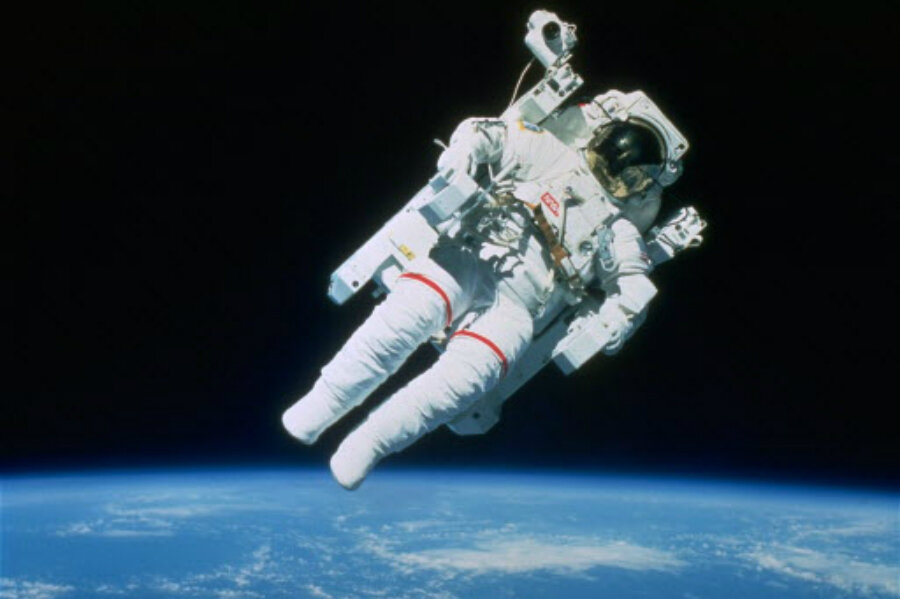NASA hiring astronauts for first time since 2011: Do you have the right stuff?
Loading...
For the first time since 2011, NASA is looking for a handful of men and women to join its Astronaut Corps.
On Tuesday, the US space agency posted a new round of openings "with more human spacecraft in development in the United States today than at any other time in history."
"Future astronauts will launch again from the Space Coast of Florida on American-made commercial spacecraft and carry out deep-space exploration missions that will advance a future of human mission to Mars," it read.
NASA will accept applications from Dec. 14 through the middle of February.
Applicants must have a bachelor’s degree in engineering, biological science, physical science, or mathematics, followed by at least three years of related work, study, or teaching; or at least 1,000 hours flying a jet aircraft. Advanced degrees are preferred. Teachers are encouraged to apply.
Additionally, applicants must pass NASA's stringent fitness requirements, and must be between 5'2" and 6'3".
Those selected could have the opportunity to work on the International Space Station, two commercial spaceflight partnership programs, and a deep-space exploration ship called Orion, which is still in development.
After a lull in hiring for the space agency, NASA’s Administrator Charles Bolden said in a statement there are plans to push new boundaries in space exploration with all eyes set on Mars.
"This next group of American space explorers will inspire the Mars generation to reach for new heights, and help us realize the goal of putting boot prints on the Red Planet," he said. "Those selected for this service will fly on US made spacecraft from American soil, advance critical science and research aboard the International Space Station and help push the boundaries of technology in the proving ground of deep space."
Since humankind’s first space exploration in the 1960s, more than 300 people have become astronauts, with 47 currently active, according to NASA. The number of astronauts has been cut by one-third since 1999, when the space program had greater funding. But that may be changing.
"This is an exciting time to be a part of America’s human space flight program," said Brian Kelly, director of Flight Operations at NASA’s Johnson Space Center in Houston. "NASA has taken the next step in the evolution of our nation’s human spaceflight program and our U.S. astronauts will be at the forefront of these new and challenging space flight missions."
This is NASA’s first new round of hires in more than four years after the space shuttle program was shut down. Eight astronauts were hired during NASA’s last recruitment round when more than 6,300 people submitted applications.
The only way to enter orbit since 2011 has been on the Russian Soyuz, a three-person vessel that launches from Kazakhstan's Baikonur Cosmodrome.
Currently, six astronauts man the International Space Station at any given time, with plans to add a seventh by 2018.
NASA has refocused its mission toward deep space exploration. When fully tested, the Orion spacecraft can, in the words of the space agency, "take humans farther than they’ve ever gone before."





